4 years of cortisol pumping and I can hardly believe how far I’ve come. I’m not superwoman, nor will I ever be, but it’s a night and day difference from my life pre-pump. I am an active and functional human. I can exercise- I love yoga and enjoy walking a couple of miles with my husband every evening. I have the energy to be mom. I can do activities with my kids, we can do craft or building projects together. I can ride bikes, hike and play sports with them. Recently we decided to homeschool going forward, because it was actually enjoyable while school was closed. I feel more myself and more alive than ever. My weight is healthy and stable, even my hair and skin has improved in the last 4 years. Of course there is room for improvement, I still need more rest than most non-adrenal insufficient and non-cancer having people, and I have to be careful about not overloading my schedule. My health requires more care and upkeep than your average person, but I am so glad I’m not where I used to be. This extra work means I can live an active, happy life and make as many memories as I possibly can.
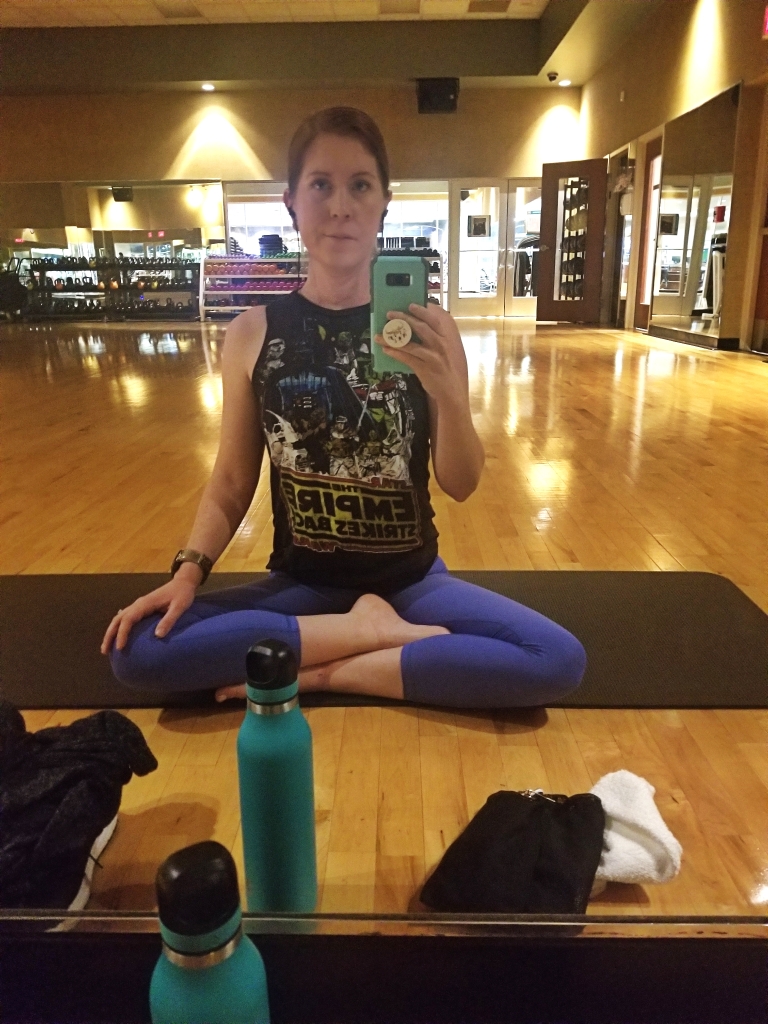
On June 10, 2016 I took my steroid pills that morning like normal. This was almost 2 years after becoming adrenal insufficient and in that time, I had tried 3 different oral steroids and every dosing schedule you could imagine. Nothing seemed to bring significant improvement. I found that my health was steadily declining. None of the doctors on my medical team were interested in finding out why the oral steroids weren’t helping. They were too busy shaming me for taking more than the suggested dose. They acted like I was supposed to just accept that I was always going to be a sickly person, too weak and tired to get out of bed.
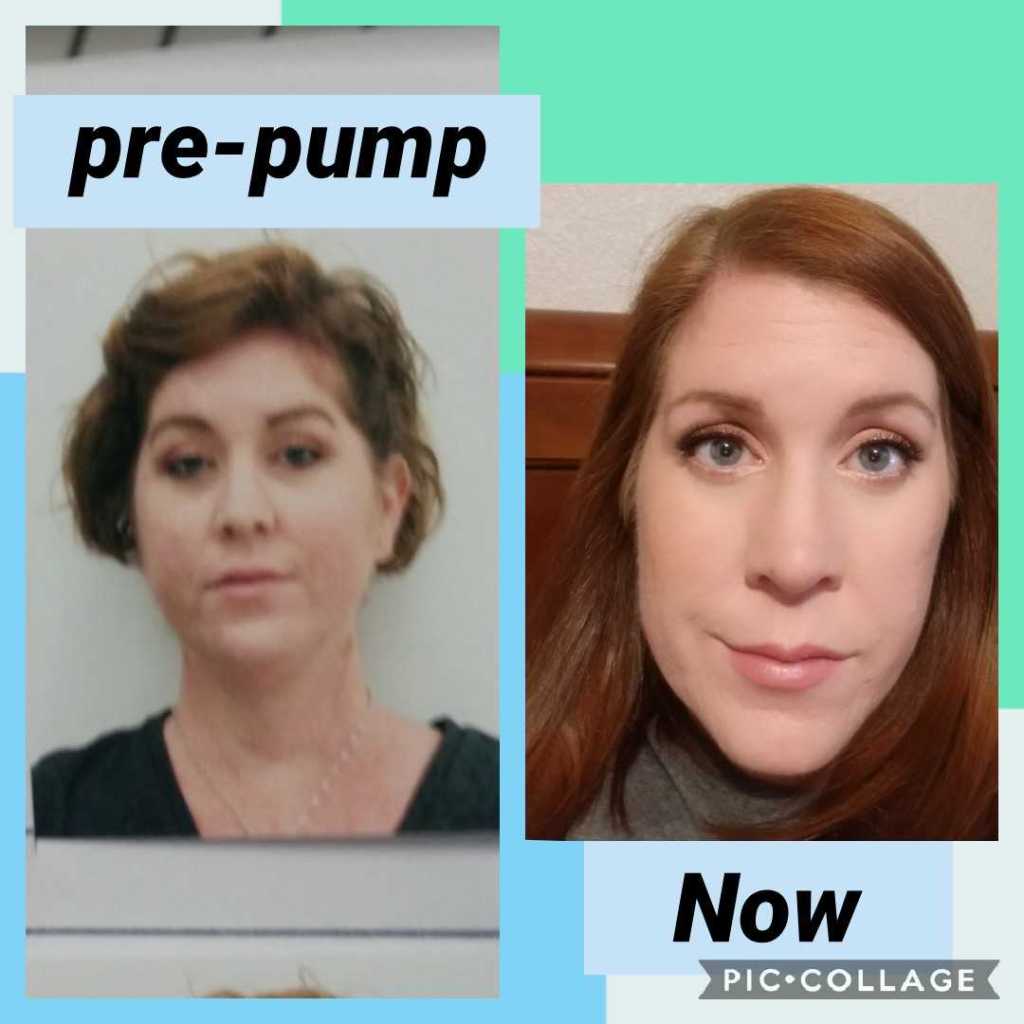
It hurt to see people live life around me. My husband, my children, I had no energy for them. I would see elderly people jogging, biking, living more active healthy lives than I was at 27. I unfollowed and unfriended nearly all of my peers on social media because it was devastating to see them enjoying life while I was wasting away.
However, I did not have it in me to give up, to fall into despair and roll over and die. I had to get better, somehow. I knew of a small group of women that used cortisol pumps to manage their adrenal insufficiency. Their lives were so impressive, they were smart, resourceful, they had careers, family lives, they exercised, some of them could run and play sports. As I lay deteriorating day by day, their lives gave me hope- maybe I could do that? Why not? I would fight to live again.
Getting a pump was an immense challenge. I had no one in my corner no one to help, no doctor to facilitate. I had to learn on my own. What pump do I get? How do I program this thing? What is an inset? What other supplies do I need? How do I operate this? And how am I possibly going to afford this? This journey to get the pump was long, and frustrating. I had to stretch the limits of my foggy low cortisol brain. I had to visit numerous doctors. I got told no a lot. I was ridiculed. I had to jump through hoops. I had to humble myself and ask friends and family for financial help. There were so many road blocks, and when I didn’t see a way around I just prayed. Eventually everything came together.
When I got my first pump, I was simultaneously overjoyed and terrified. I was standing on a precipice ready to leap. This would either give me my life back, or it wouldn’t work and this would a be a giant, heart-breaking waste of time and money. I had to take the leap to find out.
The cortisol pump is not miraculous. It won’t give you superpowers. Best case scenario, you can hope to feel as good as a “normal” person. A normal person still gets tired, they still get sick, they’re cranky sometimes. What I’m saying is, normal is not the same as perfect. Far from it. But if you’re reading this thinking to yourself that normal sounds like a dream come true, then the pump might be what you’re looking for.
My improvement was slow, though I was delighted with what little progress I saw. I was so tired and weak before that the little improvements seemed huge. It was about 6 months before I could sleep though the night. It took about a year before I was fully functional. Month after month, year after year, I steadily improved. Its an ongoing process don’t expect to plug in your pump and be all better. It takes time, hard work, adjustments, and experience.
Time- You will get discouraged at times because progress is slow and you still can’t do the things “normal” people do. Try to focus on the improvements you’ve made, not the things you still can’t do. And for goodness sake, don’t compare your journey to your friends’ on social media. You are only seeing their photo worthy moments, they are all far from perfect, and rest assured that behind closed doors they have problems you wouldn’t want to deal with.
Hard Work- Recovery took unfathomable work on my part. The pump doesn’t fix things on it’s own. It makes it possible for YOU to fix things YOURSELF. I had a long journey ahead of me once I started pumping. I had steroid weight to lose, atrophied muscles to strengthen, weak lungs that needed conditioning, comorbities to manage. It took effort and discipline to get up and exercise every day. It took patience to start slow and easy and not push myself into an adrenal crisis. Consistency was key. Just do one little thing every day, and most importantly- DON’T STOP. Along the way I discovered other health problems. I seemed to react to gluten, though none of my doctors wanted to test me for celiac, I went on a gluten free diet in fall 2016 and was amazed at how much my health improved. I had some surgeries that needed to be done, in 2017, 2018 and 2019. Each one was tough, but allowed my health to improve a little. I also discovered I had problem with recurrent systemic infections. This required another dramatic diet change. None of these things were easy. This is my blood sweat and tears we’re talking about. The pump didn’t magically make me better. It gave me the strength to WORK for it.
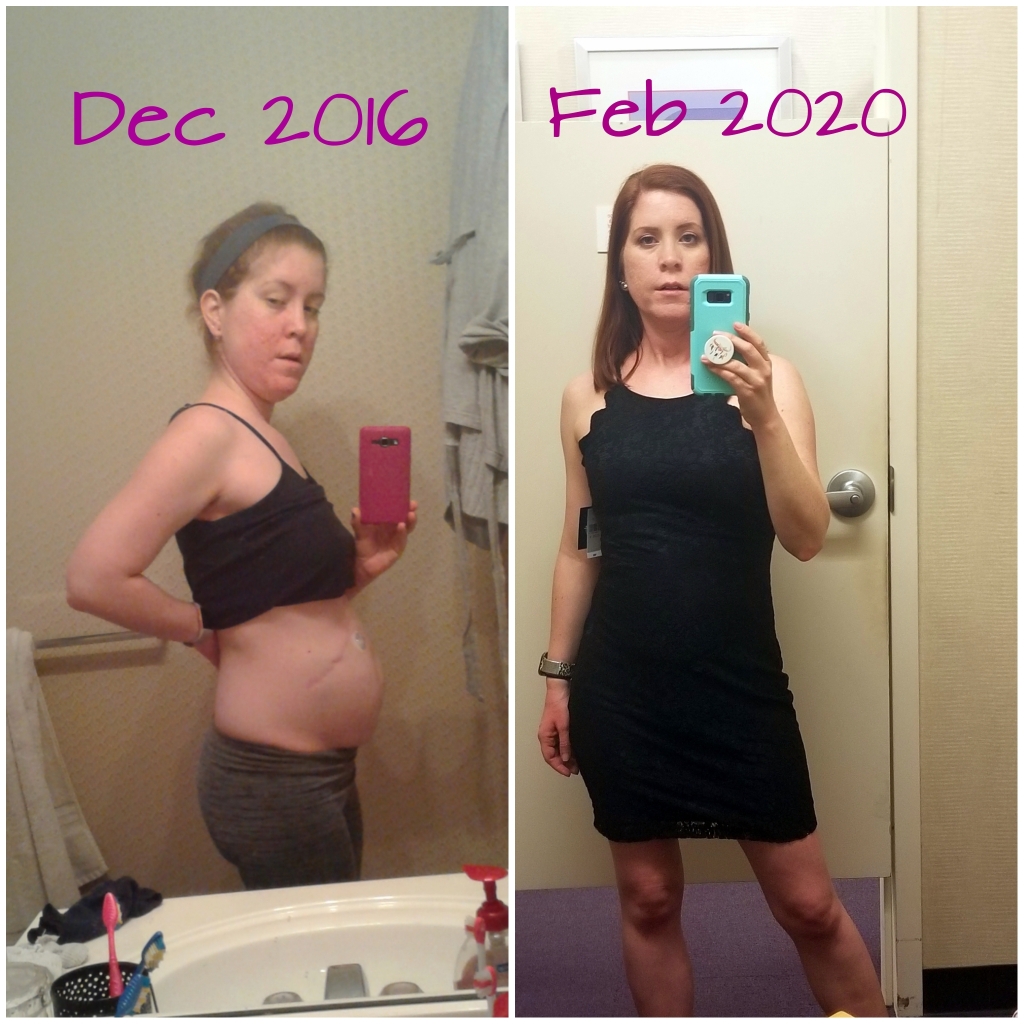
Adjustments- I didn’t start off with a knowledgeable pump doctor. So I used a lot of trial and error to program and adjust my basal rates. I don’t recommend this at all. The pressure of being your own endo is crushing. I had very little cortisol testing the first 2 years. A series of 4 blood draws a few months after starting the pump, which didn’t do a lot of good because I had no doctor able to interpret the results. I had to figure it out myself and decide what basal adjustments needed to be made, which was not all that effective. I got saliva testing some time in 2017. There were more samples collected than with the previous testing, but again I had no doctor able to interpret the results. All I could glean from that testing was that I wasn’t as horribly over replaced as I had been led to believe. In 2019 I had my first 24 hour cortisol curve. This test was brutal. I had an IV line placed and blood drawn ever hour on the hour for 24 hours. This meant I had to be in the hospital and could not be away from my hospital bed for more than a few minutes or I would miss the blood draw and invalidate the test. This was also traumatic on my veins despite having an IV. It turns own veins do not like having the blood literally sucked out of them with a syringe. When the test was done, my IV was barely holding and my veins were so inflamed you could see the red branching up my arms through my skin. However, the results I got from this test were amazing! For once I had a doctor that knew very well how to interpret these results. She knew how to adjust my basal rates accordingly and this ordeal resulted in a well optimized basal program with more energy and fewer milligrams. This was a major milestone in my pump journey. Don’t for a second think you can “borrow” a basal program, from a research study or another pumper and think this going to give you amazing quality of life. Basal programs need to be tested and tailored to the individual. Without that individualization, you are not getting the full quality of life possible from your pump.
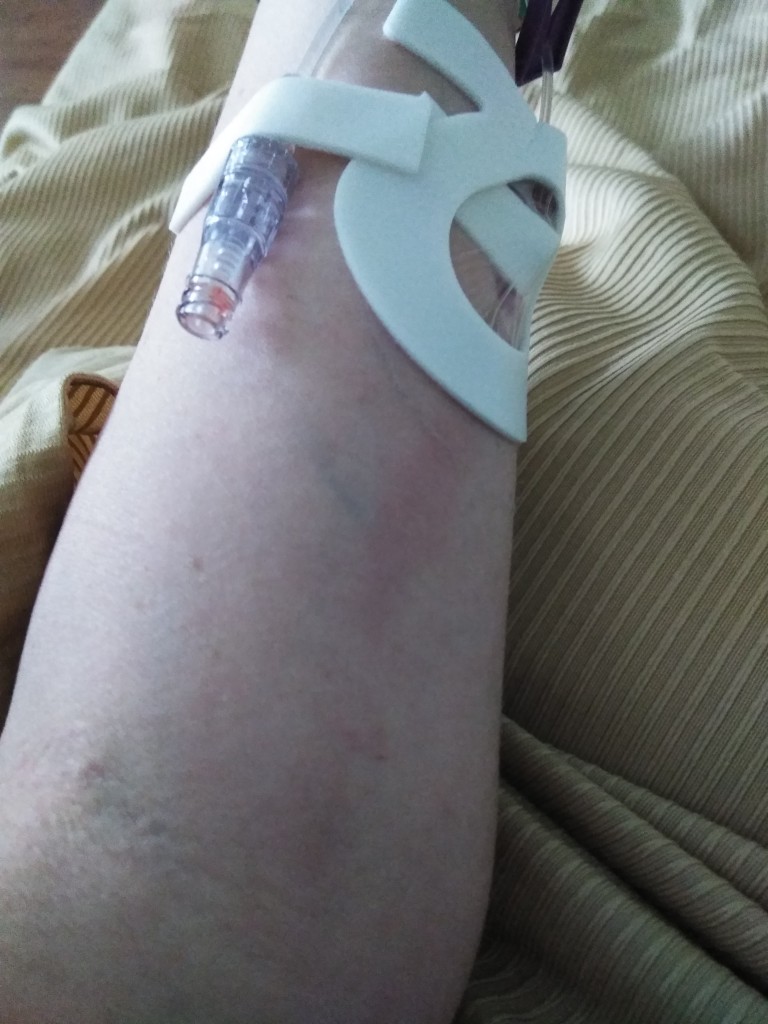
Experience- There are lessons you learn about cortisol pumping that no doctor can ever teach you. Somethings you only learn with experience. One of the first lessons I learned is just because your pump can bolus many milligrams- doesn’t mean your infusion site can handle it. Boluses are necessary, but large boluses can stress the site. In time, I realized that any boluses more than 5u are best given as an injection. I noticed how my body reacted to stressors, and realized that there were certain signs and stressors that ALWAYS required a bolus. I noticed that a small bolus before the symptoms started was more effective than a large bolus after I was already feeling like crap. Learning proactive cortisol management was another turning point for me. I had the opportunity to try various models of pumps over the past four years, and I’ve learned the pros and cons to each, and what works best for me. I have learned about infusion sets, what types work best for certain body types and places. What areas insets perform best, and the conditions that cause them to fail. I learned I had a lot less bad days when I stopped ignoring leaky or bruised insets and replaced them at the first hint of failure. I leaned that tubing will clog if left exposed to air when disconnected or reused for too many days. That these clogs don’t always block the line bad enough to set off the pump’s alarm, but they do block delivery enough to make you feel crappy. I learned that site failures can take days to recover from, and low cortisol often leads to even more site failures, as does running high rates, creating a vicious cycle. I learned that supplementing with subcutaneous cortisol injections can help stabilize my adrenal insufficiency in these situations. I learned that basal programs are not some static, set-and-forget, that my body’s cortisol need changes based on circumstances. That a body in stress (or illness or pain) requires elevated and flatter “shape” (picture a line graph) of cortisol delivery, whereas a non-stressed body needs something more like the standard circadian rhythm shape. And depending on where you currently are in that spectrum between stressed and non-stressed, is how much your cortisol need will resemble one of these two shapes there are endless variations, and this is key to remember when weaning your dose from illness, injury, or surgery. Currently, I am still learning how to tolerate the summer heat. Which pumping strategies are most effective and what other non-pump strategies can help with heat tolerance. The point I’m making here is you never stop learning, and somethings you can’t just be told, you learn by living through it.
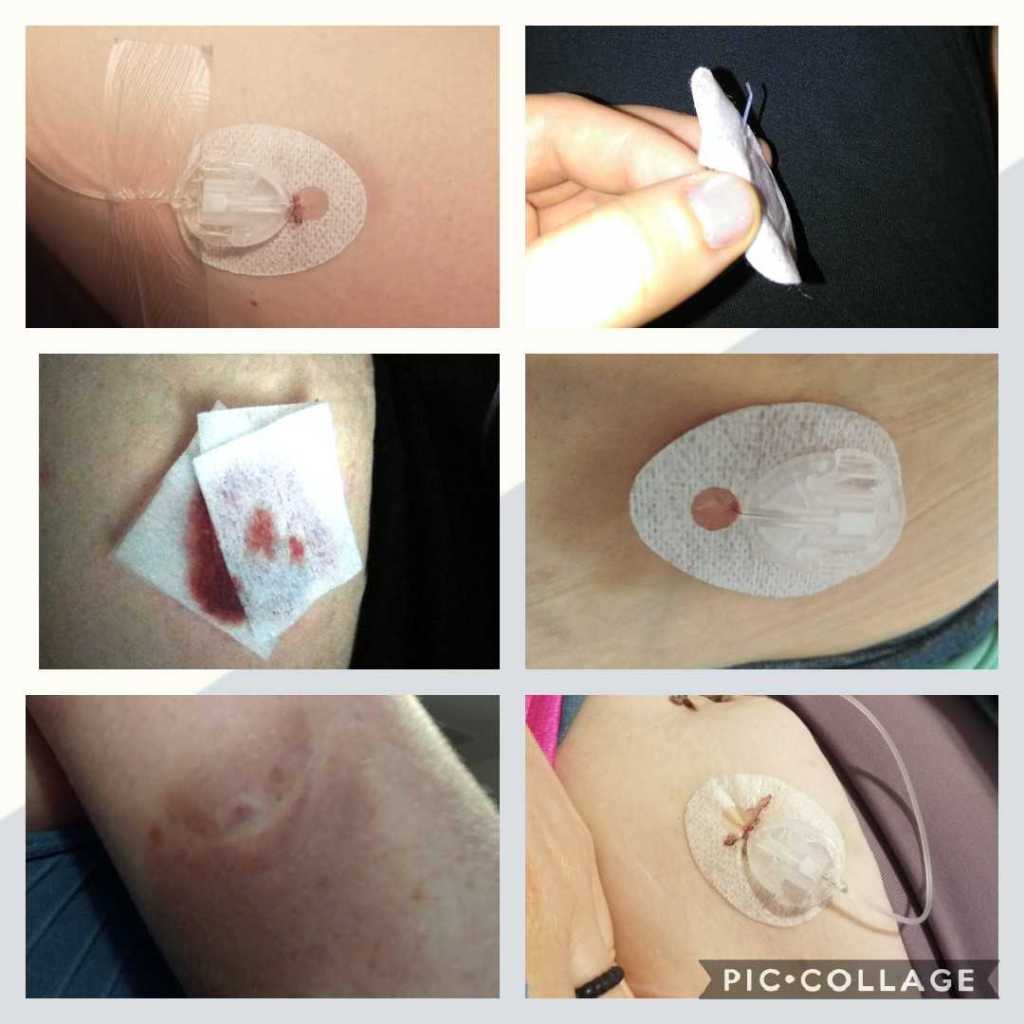
There are not words suitable for how grateful I am for my cortisol pump and how dramatically my life has changed since starting this delivery method. There are days I’m frustrated and I hate being poked with needles and having bumps and bruises, there are times I wish I didn’t have to wear a medical device and I cry and think it’s not fair. But I know my pump is a blessing, and I would never have made it this far without it. I want everyone to know that there is hope. You are not doomed to suffer in silence. You can improve your situation. It will not be easy- ever. My life is not easy now, even 4 years into it, but it’s worth it. Its worth every tear, all the pain, all the frustration, it is 100% worth the fight. Don’t give up!
-Michelle
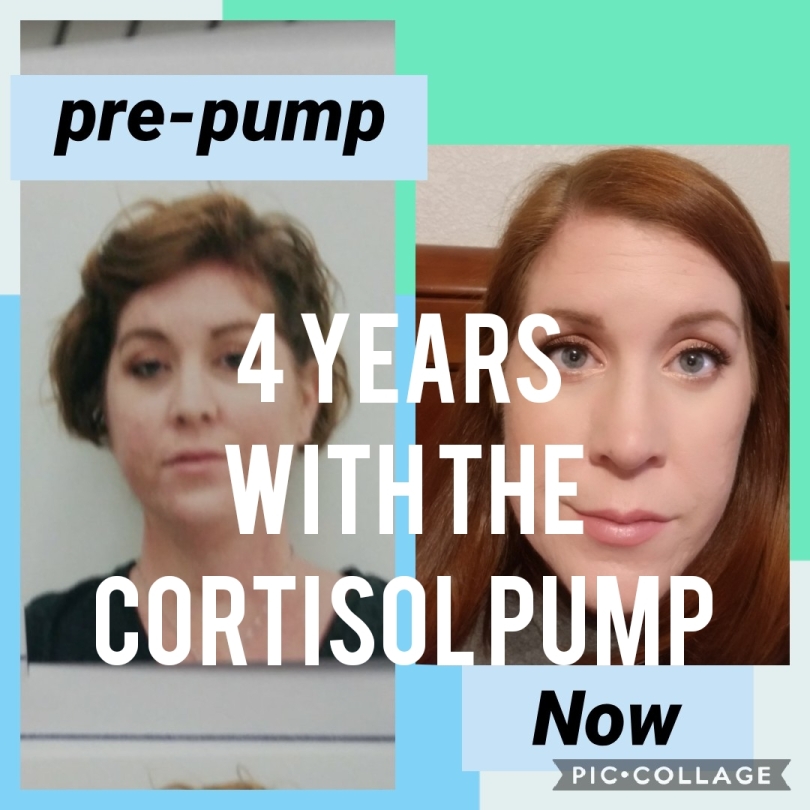
Do you have a FB or Instagram account I can follow? Can you discuss how to dose for exercise? This is one of my greatest frustrations in life. I finally got diagnosed and learned why I have to rest for 1.5 days after any exercise. I may be getting the pump soon and am so excited and curious about your findings on how to exercise regularly without crashing energy and blood sugar. Thanks so much! C~
LikeLike
Hi Christina, I’m @mbar_q on IG. I’m also on Facebook. There are a couple of Facebook groups that would help you out. One is for cortisol pumping and one is for exercise with adrenal Insufficiency. Message me on IG or FB and I’d be happy to answer any questions and connect you with the resources you need.
LikeLike
is wthe pump something I could use, since I have NO adrenal glands. Both removed july 2019. I’m taking 30 hydro daily. Idiot Dr. asctually thinks it should be more like 15mg(i cant function)he also thinks I can get better!? trying to find knowledge endo in TN/AL
LikeLike
Yes. I don’t have adrenal glands either. If you’re not feeling well on oral steroids you might look into a pump, but it sounds like you’ll need to find a new endo first.
LikeLike
I also have no adrenal glands, my last one wa removed in 2014. I’ve been happily cortisol pumping since 2016.
Whether you switch to a pump or not, I cannot stress to you enough that you MUST find a new doctor to manage your adrenal insufficiency. I have been down this road with my first endo who had no clue what she was doing, didn’t know what tests to run or how to interpret them, didn’t listen to my concerns about my many symptoms and poor quality of life, and he answer for everything was always to reduce my dose. I did my best to push back and stand up for myself, but eventually she had me so sick and weak that I wished I was dead, and I would cry knowing that I couldn’t die yet.
Please dont try to educate or argue with a doctor that doesnt understand the condition and wont listen to you. Your life is in their hands and that’s not who you want on your team in an emergency. My former endo ignored me completely and left me at the mercy of an unknowledgable ER when I was in crisis and desperately needed her.
It took me many doctors, and I never did find an endocrinologist that would start me on the cortisol pump. My primary doctor did.
These days I do have an endocrinologist I trust and my quality of life is much improved.
LikeLike